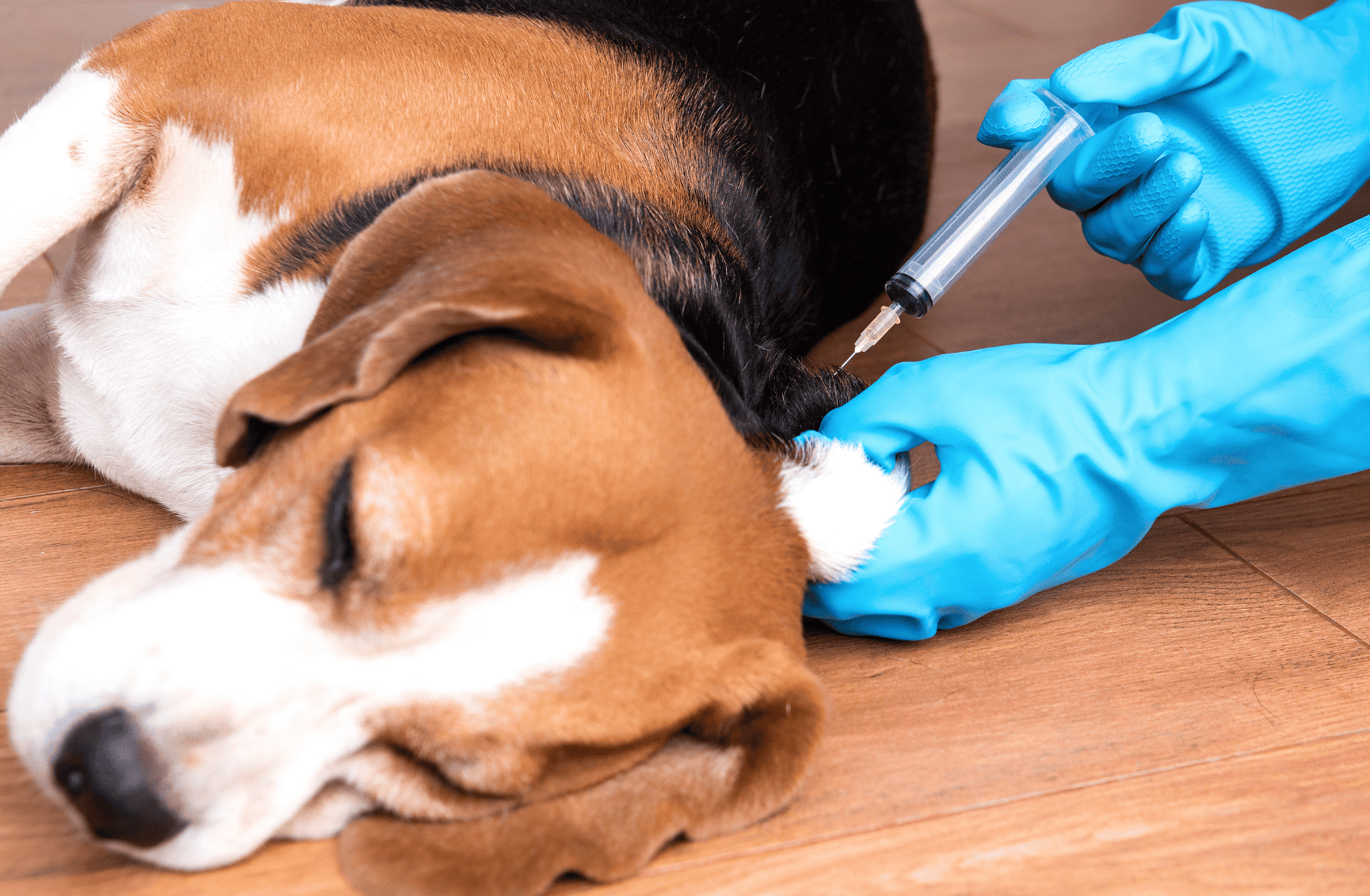The animal health industry is undergoing a profound transformation, driven by the dual forces of rising global protein demand and increasing expectations for advanced companion animal care. Within this changing landscape, injectable drug products have emerged as essential tools, enabling veterinarians and producers to deliver therapies with precision, speed, and reliability.
The growing reliance on injectables reflects broader market and societal trends. Livestock production systems demand cost-effective disease control strategies that ensure herd health and productivity, while pet owners expect veterinary care to mirror the rigor and safety standards of human medicine. These pressures are spurring innovation in formulation science, sterile manufacturing, and delivery technologies tailored to the unique needs of animals.
From long-acting depot formulations that reduce dosing frequency, to species-specific injectables designed for the physiological and metabolic diversity of livestock and pets, innovation in this space is reshaping veterinary medicine. Advances in materials science, biologics, and delivery systems are allowing developers to design injectables that improve animal welfare, reduce handling stress, and ensure sustained therapeutic outcomes.
The economic impact of these innovations is also significant. The global veterinary injectables market is projected for sustained growth, fueled by demand for vaccines, long-acting formulations, and advanced biologics. This trajectory reflects not only the practical value injectables bring to disease prevention and treatment, but also the increasing alignment of animal-health R&D with the sophistication long established in human therapeutics. For developers and manufacturers, this creates both opportunity and urgency to adopt advanced technologies and integrated development approaches that can keep pace with market expectations.
Yet, progress comes with significant technical and regulatory challenges. Developers must address sterility, stability, and scalability across species while navigating increasingly rigorous approval frameworks. These hurdles underscore the importance of scientific expertise, advanced aseptic technologies, and collaborative development models in accelerating veterinary injectable innovation. The article below from Singota Solutions explores the current state of this field, highlighting market drivers, key formulation advances, and the partnership models defining the future of animal-health injectables.

